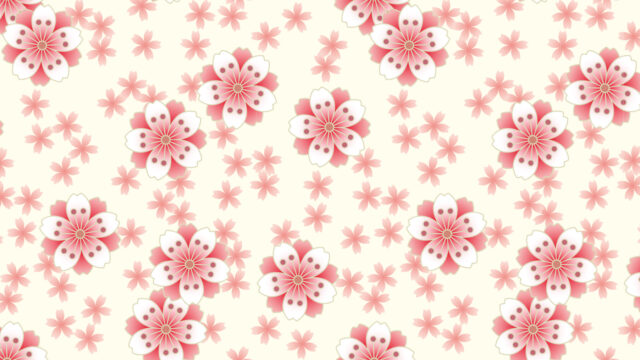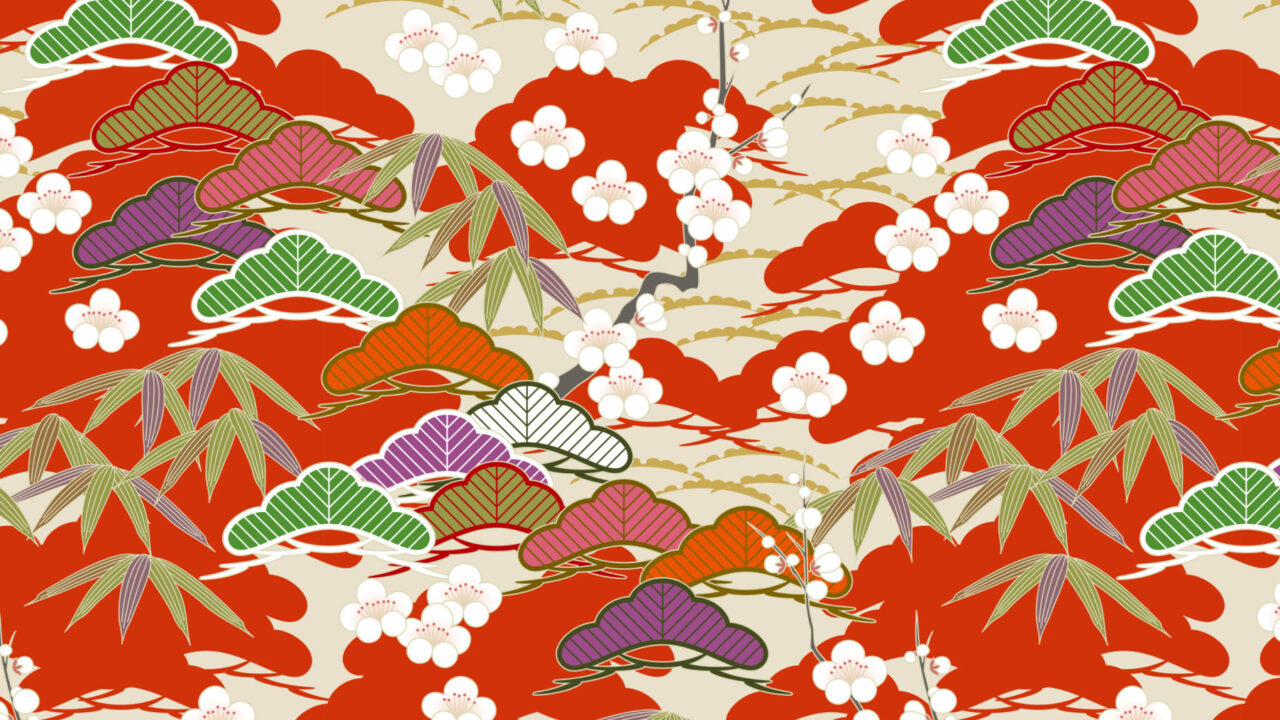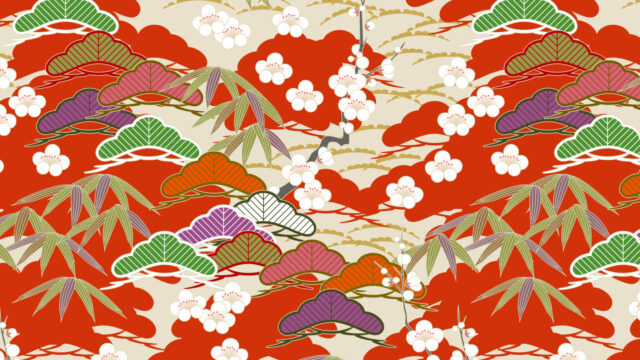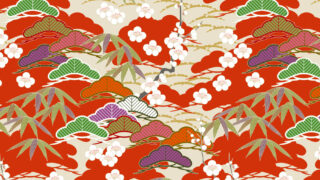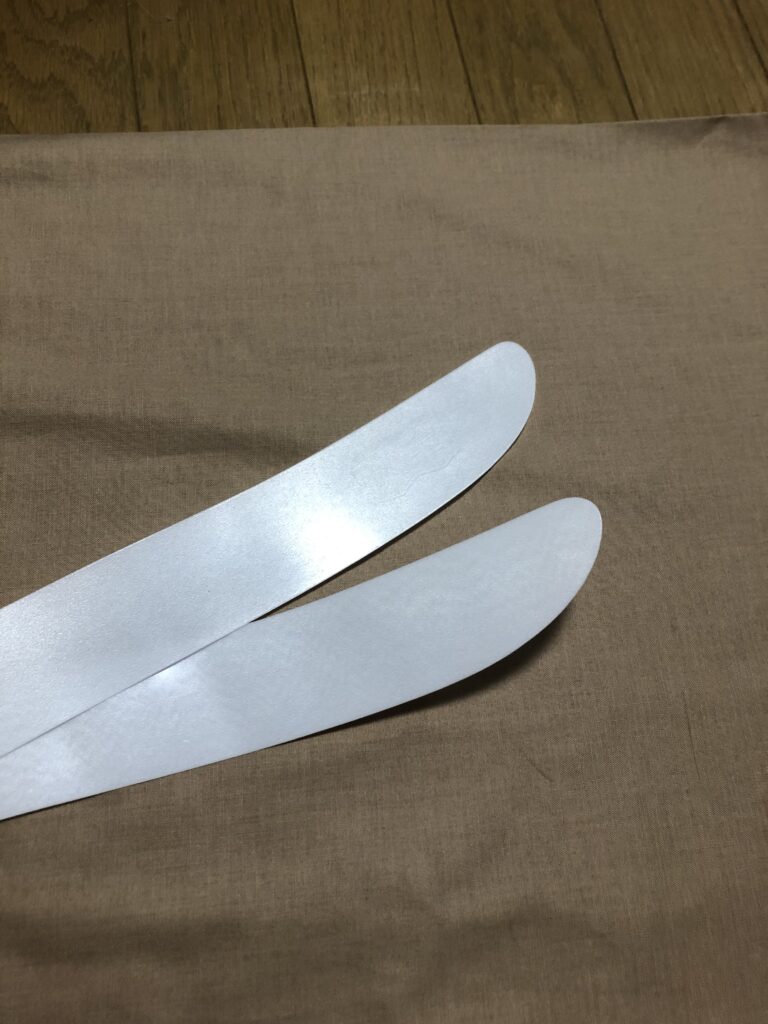
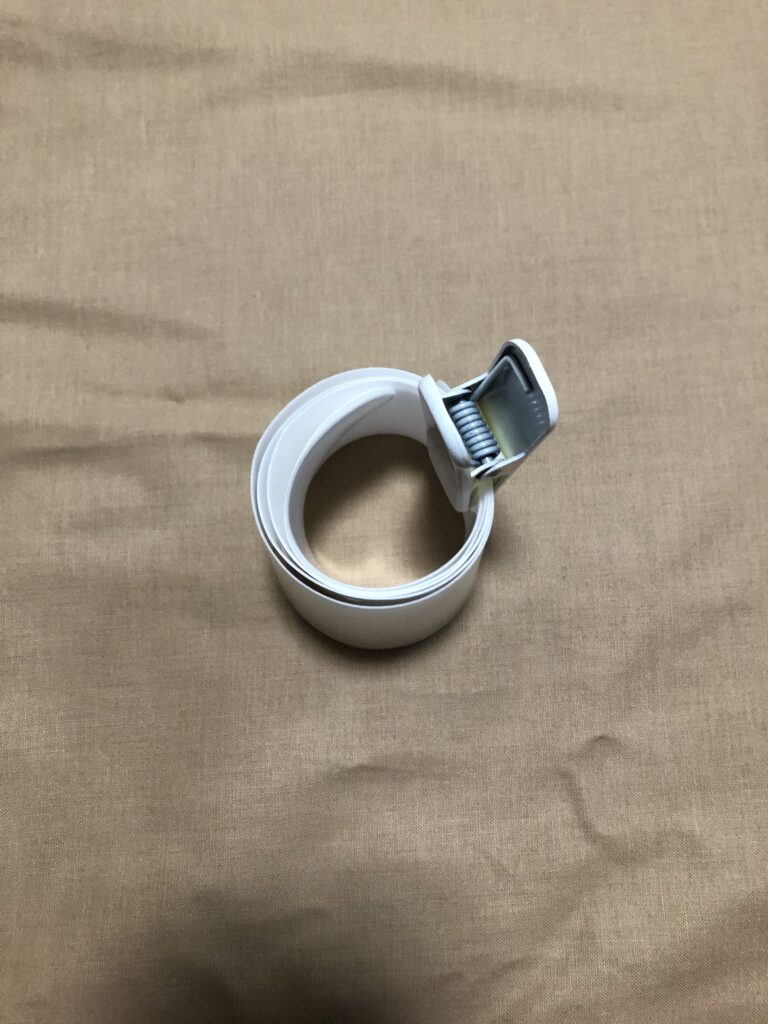
衿芯
衿芯は、美しい衿の抜きのカーブやしわのない衿元を作るための道具です。
差し込み式は着物を着る前に通します。使わないときはクルクル巻いて着付け用クリップ(止めれたら何でもOK。)で止めておきましょう。なぜかというと、変なカタがつくとそのまま衿の形が歪んでしまうからです。まあクルクルまかなくても曲がらなければどんな収納でも良いです。
素材はポリエステル、綸子などがあります。通気性の良い穴あきメッシュもあります。
硬め、柔らかめ、並尺(80㎝)、長尺(90㎝)などがあります。お好みですが、硬め、長尺の方がしっかりした衿元を作りやすいと思います。
およそ200円ぐらい~
お値段は参考程度です。
erisin
The erisin is a tool that makes beautiful collar lines without wrinkles.
Erisin of the insertion type is put in the collar of nagajyuban(長襦袢) before wearing a kimono. When you do not use it , roll it up and clip it. If there are strange-shaped marks, the shape of the collar will collapse when you wear a kimono.
Type
Polyester, Rinzu(綸子), Perforated mash, etc.
It has a soft erisin and a hard erisin.
There are two lengths, 80cm and 90cm.
The stiff 90 cm makes it easy to make a strong collar. But erisin is best to suit your taste.
erisin about 200 yen or more.
※ The price is just for reference.
使い方 How to use
船底型 Funazoko type(The bottom of the ship)
船底型は、長いほうを衿の上になるように通すのが一般的
Put the long side of erisin up into the haneri(半衿).
こんな感じになるように入れます。
In this way
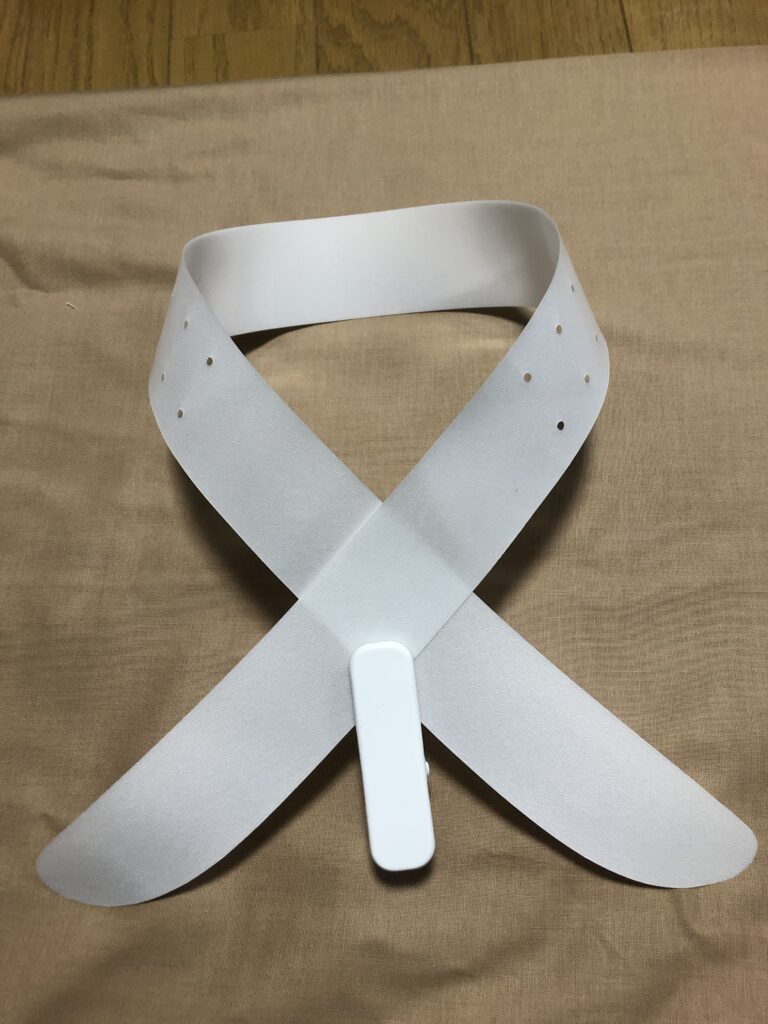
長襦袢の内側が見えてます。差し込みは、長襦袢に半衿を付けているので、その内側に通します。
Inside the nagajyuban(長襦袢), put it in the haneri(半衿)sewn there.
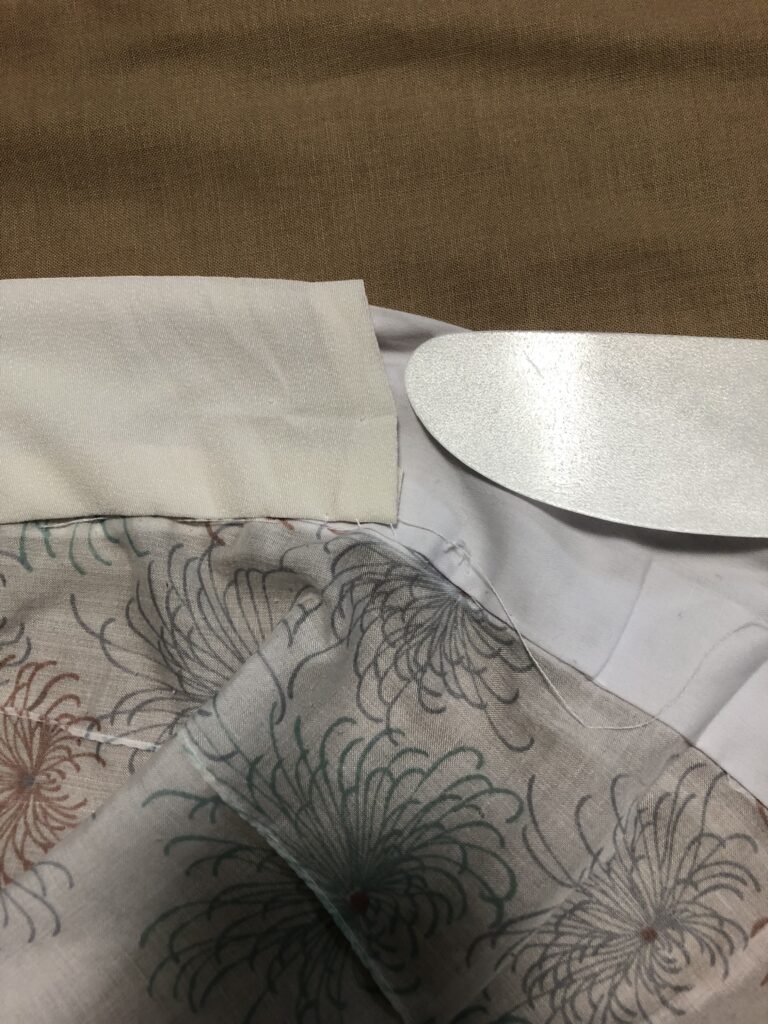
つけた状態
It is like this
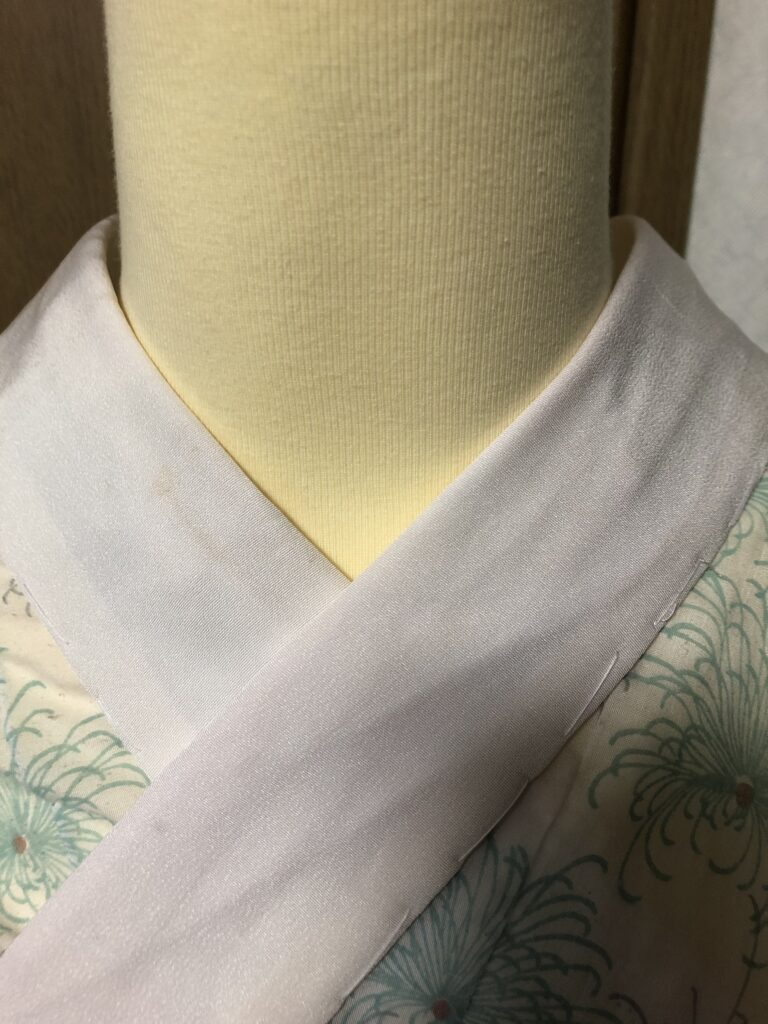
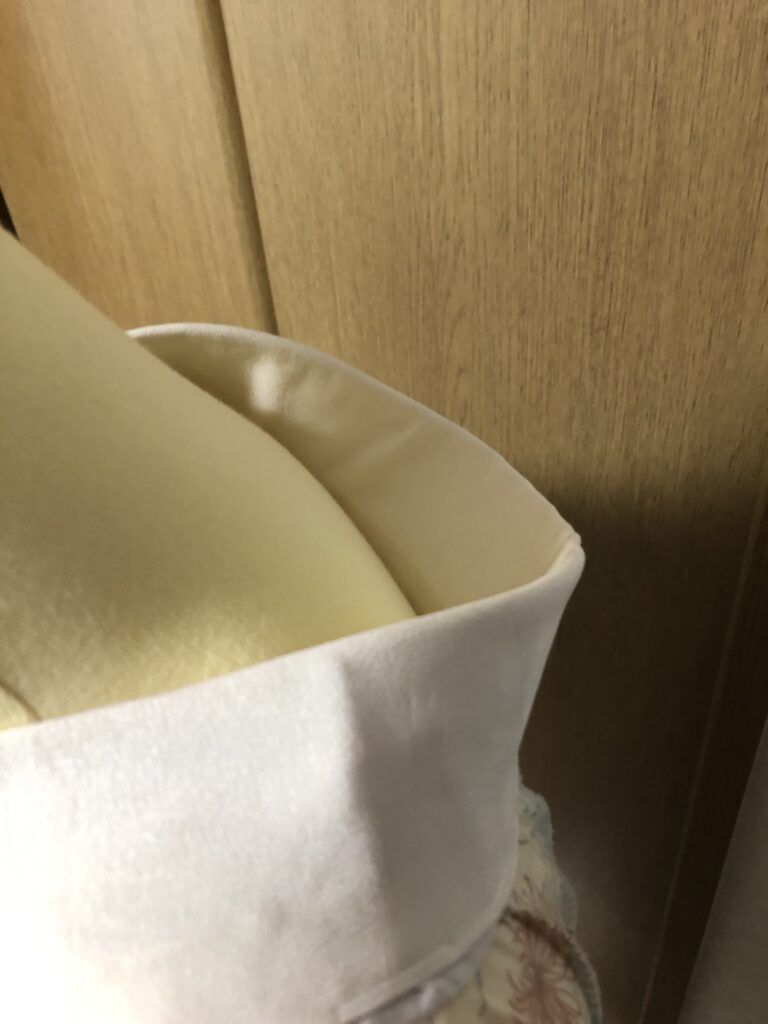
逆でも良い。衿元の形が少し変わるかもです。
こんな感じになるように入れます。
On the other hand, it is ok to put the long side of the collar down.
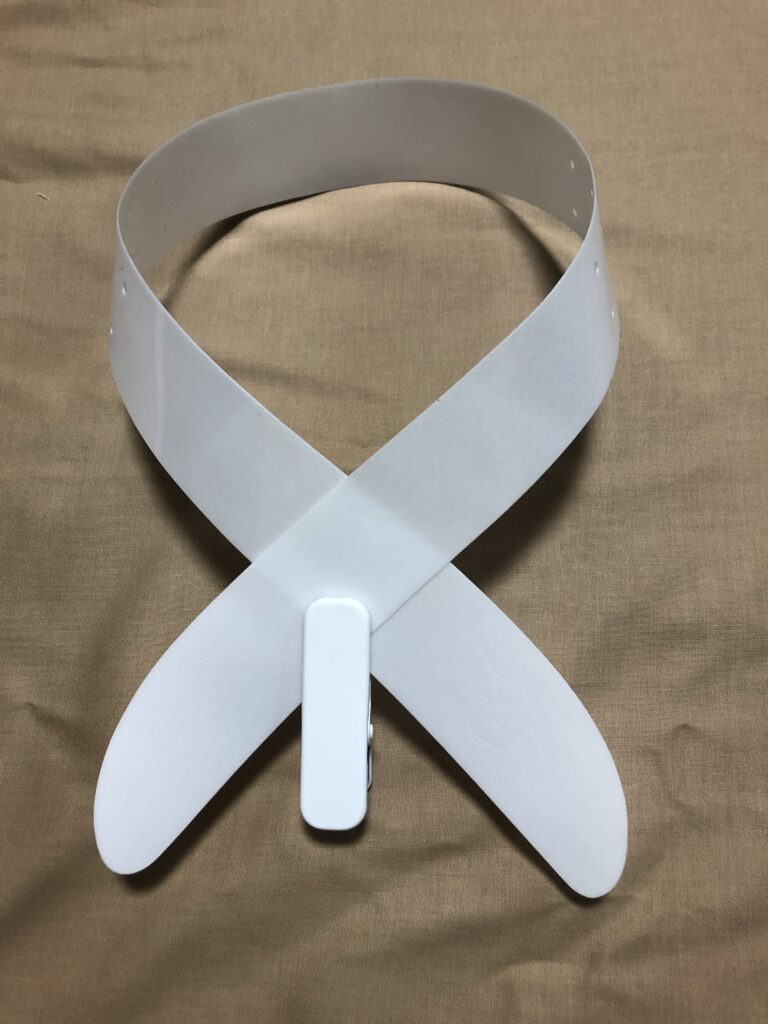
長襦袢の内側が見えてます。
Inside the nagajyuban(長襦袢)
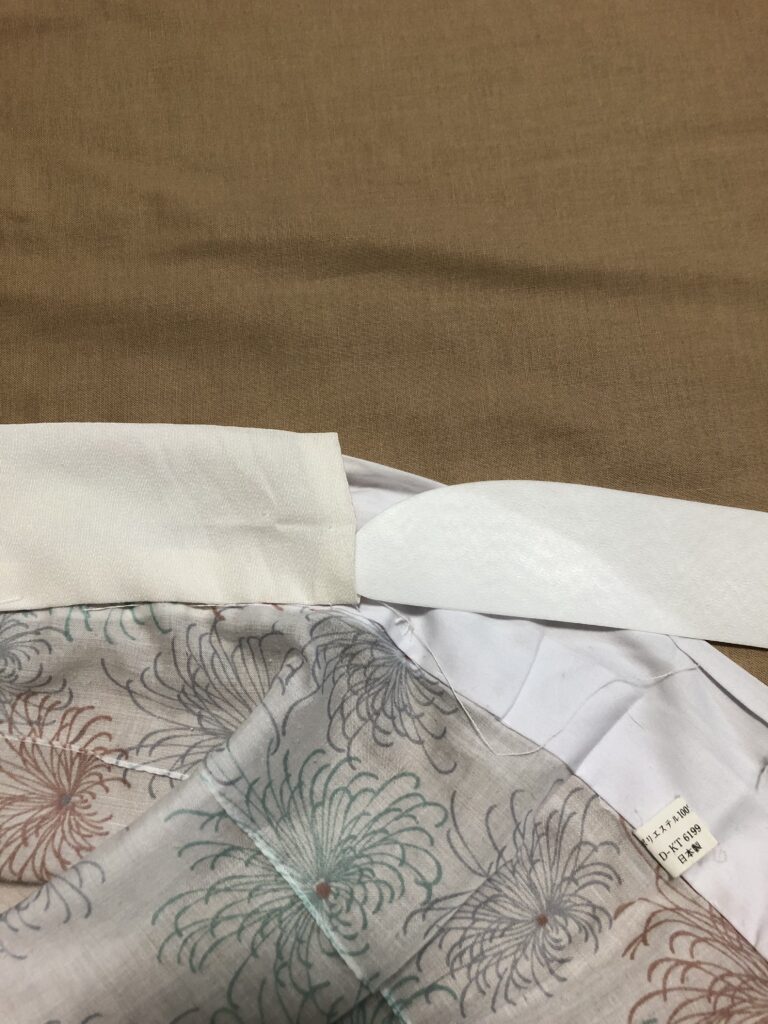
つけた状態
It is like this
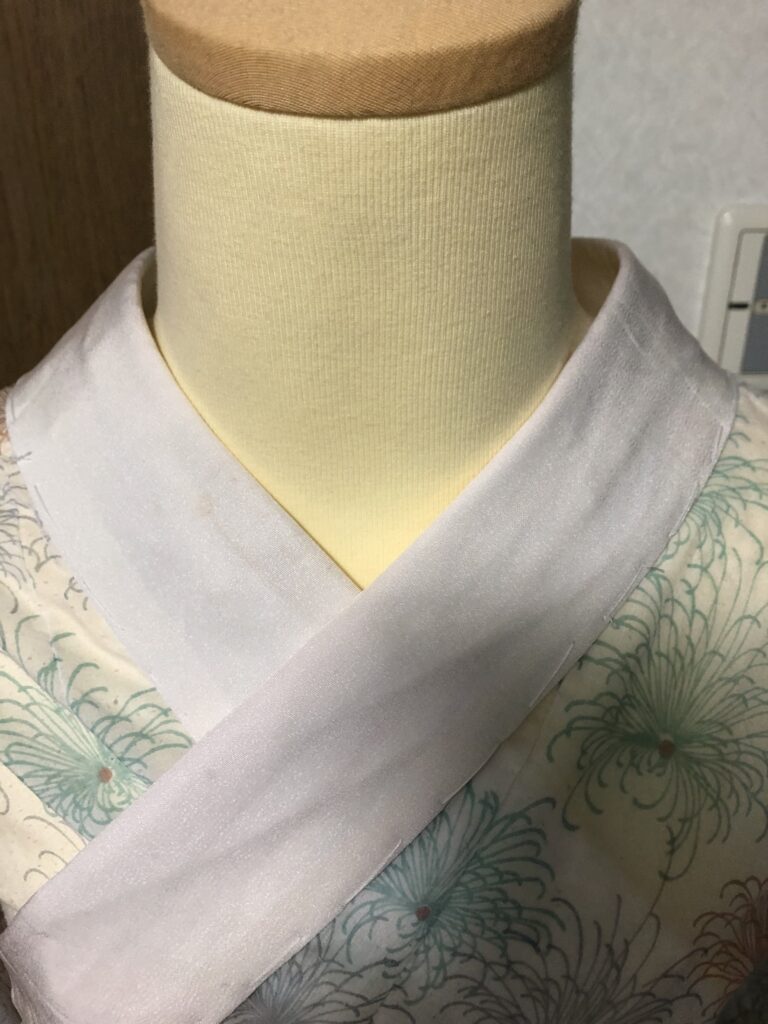
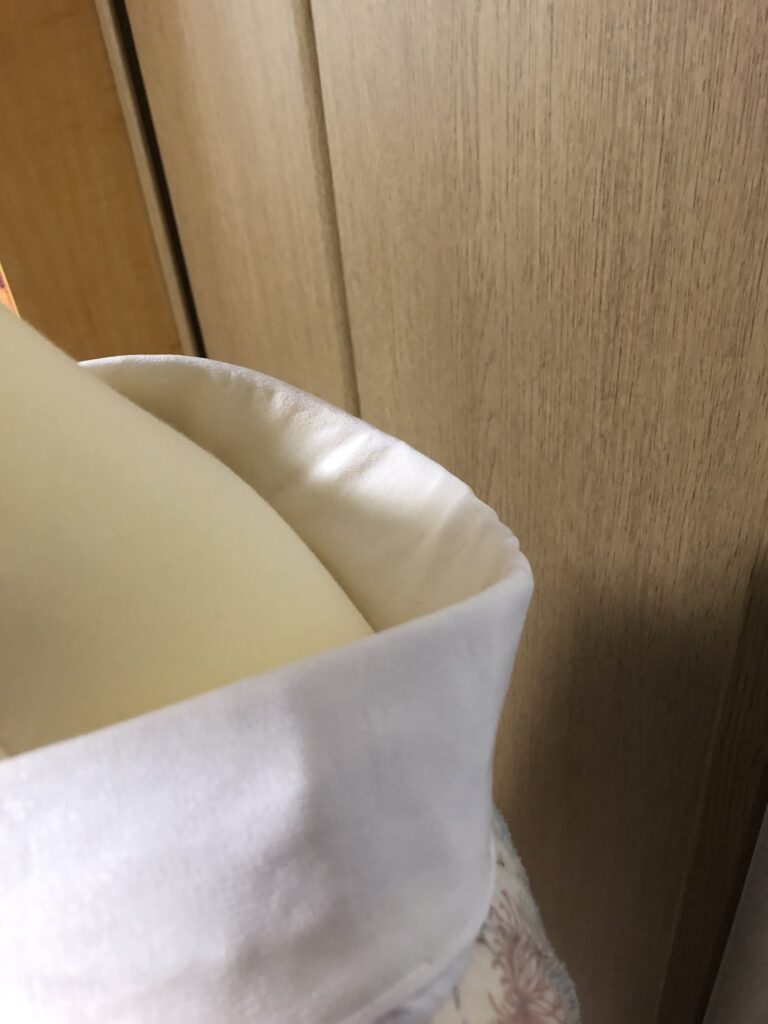
先が丸い形 a erisin with a rounded tip.
丸い形のは何も気にしなくて大丈夫です。
ずっと奥まで差し込んでいきます。左右対称になるようにします。
I will put it in a haneri(半衿)without worrying about anything. Either way, make it symmetrical.
長襦袢の外側、内側どちらに通すか
Should I put it inside or outside the haneri(半衿)?
内側に通すと、半衿が薄かったとしても、透けて衿芯の形などが見えてしまうということがなく安心です。ですが、外側に通した方衿元が波立たないでスッキリするという方もいます。
Inside– even if it is thin on the side of the haneri(半衿), you can not see the erisin or show the shape.
outside– some people say that the collar dose not wrinkle.
自分の好みやその時の半衿の形や素材で決めて大丈夫です。
Please decide according to your preference and the material of the heneri(半衿)at that time.
最後まで読んでいただきありがとうございました。
I am sorry for poor English.
Thank you for reading through to end.

